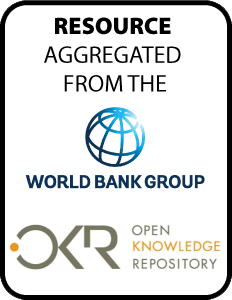Resource information
Water is a scarce and finite resource
with no substitute, and upon which the very existence of
life on earth depends. The challenges facing water resources
are daunting. The Millennium Development Goals aim, inter
alia, at reducing by half, by 2015, the proportion of people
without sustainable access to safe drinking water and
sanitation. Although progress thus far is not encouraging,
it is hoped that necessary actions will be taken to achieve
this goal during the remaining period. Such actions include
financial, institutional, and legal measures. Indeed,
without the appropriate legal framework, the ability of the
state to regulate, control, and allocate its water resources
is hampered; its role in ensuring their efficient and proper
use is hindered; and its right to protect those resources is
challenged. This study of the regulatory frameworks for
water resources management examines water legislation in
sixteen jurisdictions, and highlights, in a comparative
manner, the key elements needed for an effective regulatory
framework. Chapter 1 traces the relevance and importance
assigned to water legislation by the different international
conferences and forums, including the Mar del Plata, Dublin,
and Rio, and the guidance provided by those conferences for
preparing such legislation. Chapter 2 surveys the regulatory
frameworks for water resources management in sixteen
jurisdictions, based on certain key elements. Those
jurisdictions were selected based on the availability and
accessibility of a water law, as well as on the need to
represent different regions and legal systems of the world.
Chapter 3 presents a comparative analysis of these
regulatory frameworks based on the same elements. The
analysis examines the main similarities and differences in
the approaches adopted by the jurisdictions selected.
Chapter 4 highlights essential elements that need to be
addressed in any regulatory framework for water resources
management, and identifies emerging trends in water
legislation. Finally, Chapter 5 underscores the relevance
and importance of the regulatory framework, and specifies
conditions supporting its utility and efficacy.


